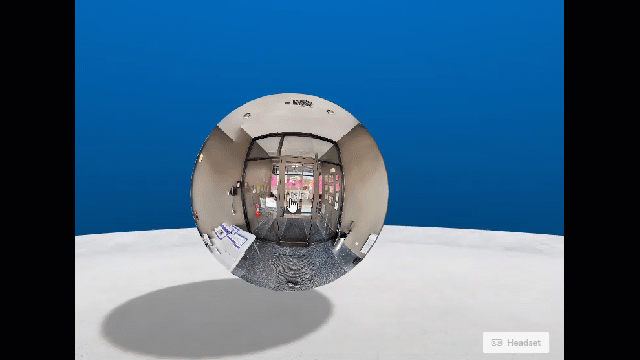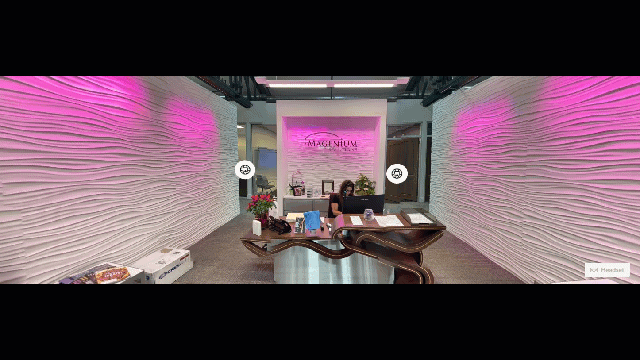Give Virtual Tours Easily With SharePoint Spaces
Today’s guest blogger is Jim Sottosanto, Office365 Technical Architect
Since the start of the Covid-19 Pandemic, one thing everyone has become more aware of than ever is SPACE. Whether it be distance (6 feet or more), the size of a space or how many people are in a space, people want to be familiar with space and how they can safely use and move through it. In many cases, people do not want to travel or visit spaces at all. Due to travel and quarantine restrictions it may not be practical or feasible to drive or fly to a place.
From a professional and work perspective, this has caused many organizations to develop new ways to interact and work together. Skype and Microsoft Teams have been tremendous helpful tools that make it possible to work anywhere. As the months have gone by, organizations have had to consider other options to get things done. Eric Fritz talks about some of the changes that he has seen and worked on in his blog post, Heading Back To a Hybrid Office (365 style).
Enter, SharePoint Spaces.

SharePoint Spaces was original announced about 2 years ago and began rolling out to targeted release customers in April of 2020. SharePoint spaces is a web-based, immersive platform, which lets you create and share, secure and extensible mixed reality experiences in Office 365. These mixed reality environments exist in SharePoint but can be placed in out of the box in Teams as well.

In mid-July, a new web part was released in SharePoint Spaces called the “360° Tour” web part. Though 360° tour functionality could have been created using the previously available SharePoint Spaces web parts, the new 360° Tour Web Part makes it easier and faster to create attractive mixed reality experiences. The web part can be used to deliver attractive and functional three-dimensional virtual tours that can be navigated using a browser or an augmented reality headset. Annotations can be integrated as well to provide more detailed content within space. Annotations include information such as:
- Text
- 2D and 3D interactive Images
- Video
- Audio
- Files
All these pieces come together to make a fully interactive 360° virtual experience without ever having to step foot into a facility or office space.

Beside virtual tours, there are many other use cases for SharePoint Spaces. Just a few examples are:
3D Product Catalog – With a library of 3D images, a virtual room could be created as a display case of products that customers can pick up, rotate and examine. Much the same way you may have seen on some medical TV shows. We are getting into Tony Stark territory here.
New Employee Onboarding – A new employee onboarding process could be implemented all through a virtual reality interface. By integrating videos, documents, etc., a more interactive and pleasant onboarding process can be created. This could more interactive and enjoyable especially from a remote location.
Employee Training – SharePoint Spaces could be integrated in employee training or your LMS especially if it can provide the integration of 3D virtual objects of your products. You could create 3D models that can be deconstructed with a HoloLens interface and eventually come close to interfacing with real objects.

This is just the beginning of SharePoint Spaces. I am certain that we will see a rapid growth of uses for SharePoint Spaces as this just the first set of offerings Microsoft has provided for this technology. Want to get started with Spaces? Contact us below.
